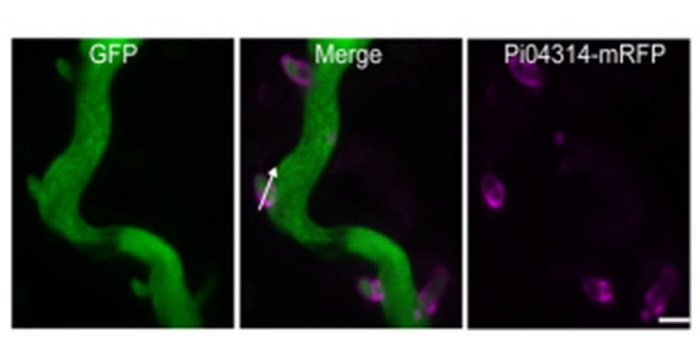
Tracking effector delivery in Irish famine potato pathogen
Pathogenic microbes interfere with the host cellular and physiological processes to promote infection. This interaction is monitored by pathogen molecules called effectors that either act in intercellular space or enter the host cells. Mechanisms underlying the uptake of these effectors are not fully…

Special delivery: An independent secretion pathway for the delivery of cytoplasmic pathogen effectors
Pathogenic microbes manipulate host plants by secreting effector molecules that interfere with immunity. Bacterial phytopathogens achieve this using specialized secretion apparatuses that act as molecular ‘hypodermic needles’ to inject effector proteins directly into plant cells. In comparison, effector…
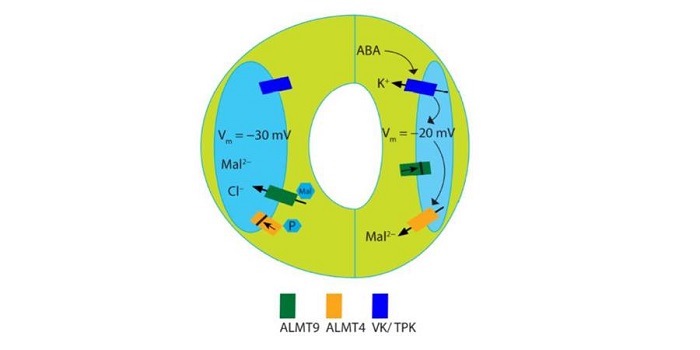
ABA-induced stomatal closure involves ALMT4, a phosphorylation-dependent vacuolar anion channel
Changes in guard cell turgor pressure result in stomatal opening and closing, balancing CO2 uptake with transpiration. These dynamics have been studied as early as the 1800s and much knowledge has been gained regarding the components involved in this process, yet we are still far from a unified model…

Getting It Done On Time: How Maize Orders DNA Replication
Wear et al. examine replication programs in plants. The Plant Cell 2017. https://doi.org/10.1105/tpc.17.00037
By William Thompson, Emily Wear, and Linda Hanley-Bowdoin
DNA replication is fundamental to all life, as it is the process by which genetic material is duplicated so it can be passed from…
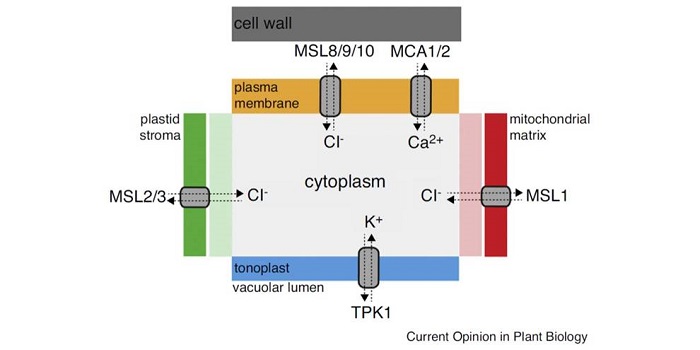
Review: Mechanosensitive ion channels ($)
Ion channels are proteins that regulate the passage of ions across membranes. Ion channels are regulated in diverse ways – some are calcium-regulated, some are pH sensitive, some are charge sensitive, and some are sensitive to mechanical stimulation i.e., membrane tension. Basu and Haswell review mechanosensitive…
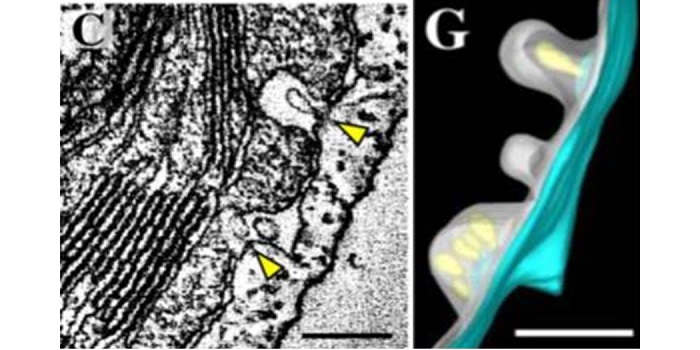
Three-dimensional analysis of chloroplast structures associated with virus infection
It’s not uncommon for viruses to manipulate the host’s membrane system to create protected structures for viral replication. These viral replication complexes (VRCs) “are thought to shield viruses from host defense systems such as RNA silencing, and … provide a microenvironment for enriching…
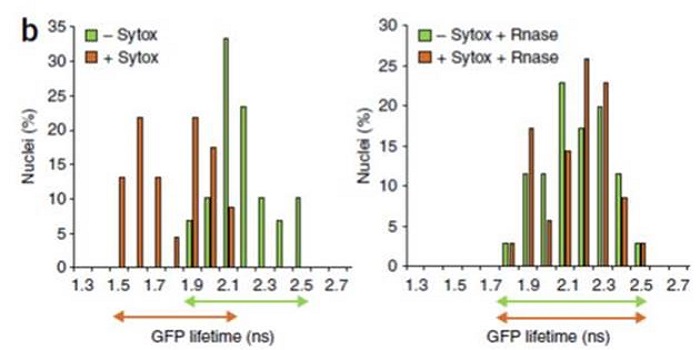
Detection of nucleic acid–protein interactions in leaves using fluorescence lifetime imaging microscopy ($)
FRET-FLIM (Fluorescence Resonance Energy Transfer – Fluorescent Lifetime Imaging Microscopy) is a method that allows detection of interactions between two fluorescently-tagged molecules. Camborde and Jauneau et al. describe the use of FRET-FLIM to identify interactions in leaves between GFP-tagged…
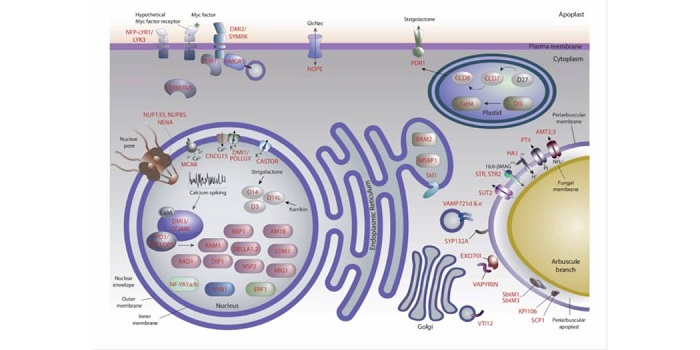
Review: Plant signaling and metabolic pathways enabling arbuscular mycorrhizal symbiosis ($)
The relationship between plants and arbuscular mycorrhizal fungi has persisted for 400 million years, but we are still learning about the biochemistry of this interaction. MacLean, Bravo and Harrison review how plants attract, recognize, and accommodate their fungal partners, from pre-contact through…
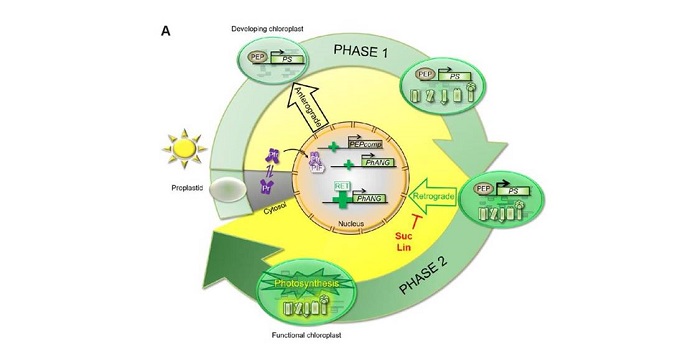
Establishment of photosynthesis is controlled by two distinct regulatory phases ($)
Chloroplast biogenesis and leaf development are closely linked processes that have been difficult to tease apart, until recently. Dubreuil et al. used a pluripotent inducible cell line from Arabidopsis, basically plant stem cells, which develop chloroplasts on demand when exposed to light. Using this…

